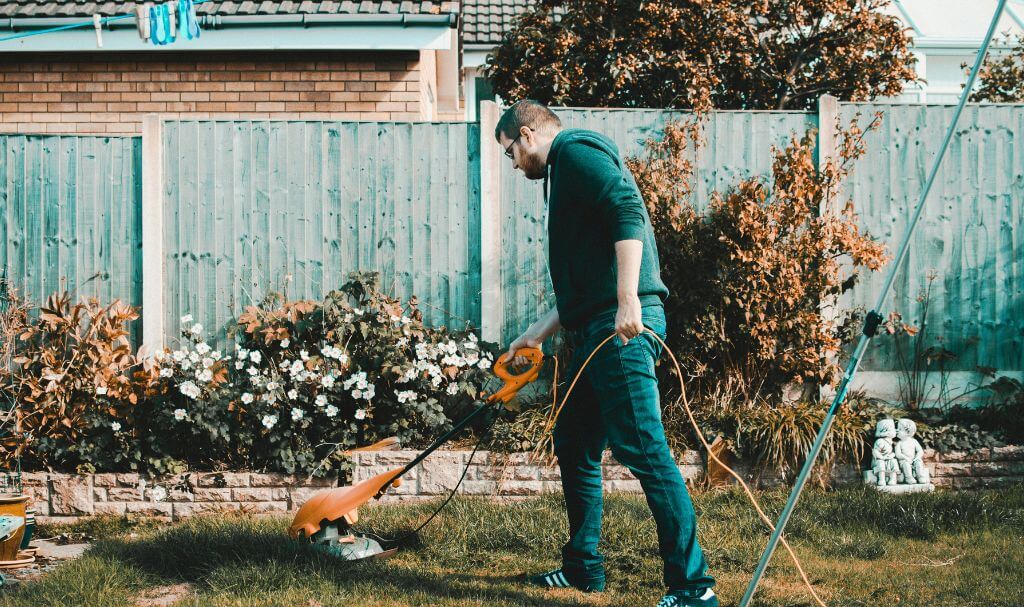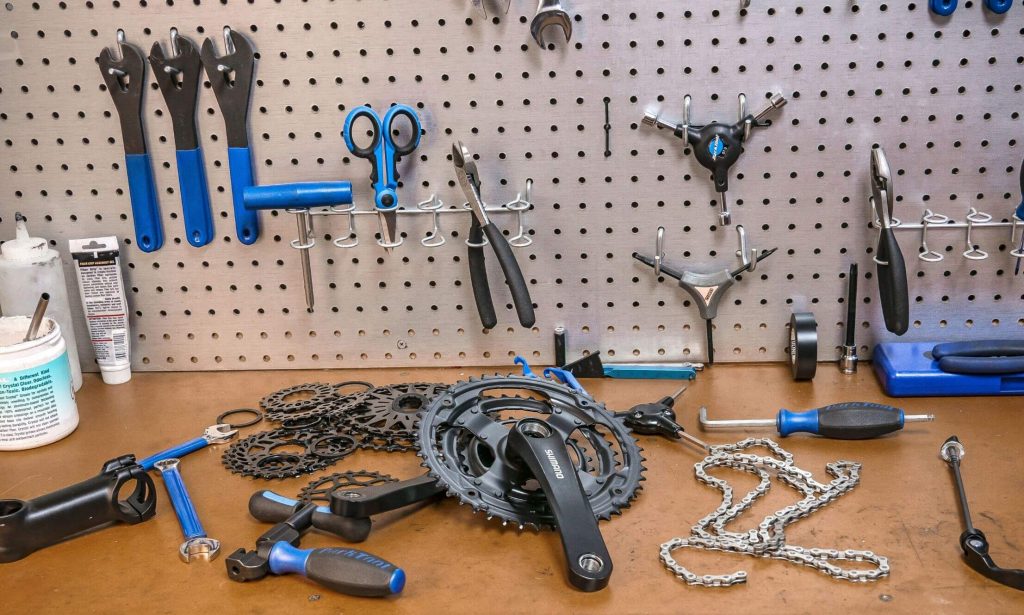Start Selling Lawn Mower Parts Online — A Low-Cost Business Model
09 May 2025
4 Mins Read

- The High Overhead and Inventory Risks of Traditional Retail
- Provide Lawn Mower Parts Online: Embracing Dropshipping and Just-In-Time Inventory
- Partnering With the Right Supplier: Why UDC Parts Is a Smart Choice
- Step 1: Choose a User-Friendly Platform
- Step 2: Curate a Focused Product Catalog
- Step 3: Implement Cost-Efficient Digital Marketing
- Step 4: Streamline Order Fulfillment with Automation
- Theoretical Underpinnings and Principles
- Quick-Start Checklist
- Conclusion
Launching an online store can feel as spontaneous and low-risk as setting up a pop-up shop in your local mall’s corner kiosk. Like short-lived booths requiring minimal rent and decor, a lean e-commerce storefront can spring to life with a limited budget.
For beginners eager to enter the profitable niche of lawn mower parts, this guide will explain why traditional retail can be prohibitively expensive and how you can leverage modern, low-cost strategies to get up and running quickly.
If you are determined that you will have a store for lawn mower parts online, here is everything you need to know.
The High Overhead and Inventory Risks of Traditional Retail
Brick-and-mortar shops come with substantial expenses: rent, utilities, fixtures, point-of-sale systems, and the potential cost of unsold stock. Lawn mower parts are often bulky and seasonally demanded, meaning:
- Floor space costs can increase significantly during peak gardening seasons.
- Inventory risk increases if a part doesn’t sell, tying up capital.
- Price wars with big-box stores drive margins down.
By contrast, a streamlined online storefront avoids most of these burdens, letting you focus on serving customers rather than balancing ledgers.
Provide Lawn Mower Parts Online: Embracing Dropshipping and Just-In-Time Inventory
Rather than warehouse every bolt and filter yourself, you can partner with suppliers who ship directly to customers. This approach reduces upfront costs and aligns with mowing blades manufacturers and distributors for real-time fulfillment. The key advantages include:
- Zero warehousing: You never handle stock.
- Reduced risk: You only pay for items after a sale.
- Scalability: Add new parts without space constraints.
This lean model hinges on just-in-time inventory theory, which emphasizes ordering stock exactly when needed, minimizing holding costs and obsolescence.

Partnering With the Right Supplier: Why UDC Parts Is a Smart Choice
A critical step in launching your lawn mower parts online store is selecting a supplier who can deliver consistent quality, fast fulfillment, and product variety.
One reliable option for analog replacement parts is UDC Parts. Specializing in non-OEM components for a wide range of mower models, UDC Parts offers several distinct advantages:
- Broad compatibility: Their catalog includes parts for multiple brands and mower types—ideal for stores serving diverse customers.
- Cost-effective pricing: As a supplier of analog parts, UDC Parts helps you maintain healthy margins while offering competitive prices.
- Dropshipping-friendly: They support direct-to-customer fulfillment, making them a practical choice for online stores with limited storage capacity.
- Quality assurance: All parts undergo testing to ensure durability and performance, helping you minimize returns and build trust with buyers.
Establishing a partnership with a proven supplier like UDC Parts reduces operational headaches and lets you focus on marketing, automation, and customer service.
Step 1: Choose a User-Friendly Platform
The foundational infrastructure of your store should be user-friendly for both administrators and customers. Popular options include:
- Shopify: Easy setup, extensive app marketplace, built-in payment processing.
- WooCommerce (on WordPress): Highly customizable and cost-effective for those comfortable with basic web hosting.
- BigCommerce: Scales well and offers robust SEO features out of the box.
Recommendation: Sign up for a free trial, explore the theme library, and test the checkout process before committing.
Step 2: Curate a Focused Product Catalog
Offering an extensive range of parts can dilute the focus. Instead:
- Start small: Focus on high-demand items like spark plugs, air filters, and carburettor kits.
- Bundle strategically: Offer maintenance kits (oil + filter + spark plug) for comprehensive convenience.
- Highlight niche items: Specialty parts for vintage mowers can command premium prices.
This curation aligns with cost-minimization strategies—lower SKUs translate to simpler inventory management and more explicit marketing messages.
Step 3: Implement Cost-Efficient Digital Marketing
Even the best store needs visibility. Prioritize tactics with proven ROI:
- Search Engine Optimization (SEO): Optimize product pages around keywords like “selling lawn mower parts online” and “dropshipping parts.”
- Content Marketing: Write how-to blog posts on part installation to attract organic traffic.
- Social Media Ads: Use small daily budgets on Facebook or Instagram to target homeowners and landscapers.
- Email Campaigns: Automate a welcome series and post-purchase follow-ups to boost repeat sales.
The core of digital marketing—targeting, tracking, and refining—helps maximize the impact of every dollar spent.
Step 4: Streamline Order Fulfillment with Automation
Manually handling orders can be inefficient and error-prone. Embrace automation to boost accuracy and save time:
- Connect your store to suppliers through apps or APIs for seamless order transmission.
- Deploy customer service chatbots to handle common questions and minimize support requests.
- Enable alerts for low inventory levels and supplier issues.
By automating routine processes, you free up valuable time to concentrate on scaling your business instead of managing admin tasks.
Theoretical Underpinnings and Principles
- Cost Minimization Strategies: Leverage variable cost structures (like dropshipping) instead of fixed costs (rent, warehouse).
- Just-In-Time Inventory Theory: Order only as much as you need, when needed—reducing waste and markdowns.
- Digital Marketing Fundamentals: Continual testing (A/B), performance tracking (analytics), and optimization loops drive sustainable growth.
Quick-Start Checklist
✅ Select your platform (Shopify, WooCommerce, BigCommerce)
✅ Set up supplier agreements with clear shipping and return policies
✅ Design product pages optimized with SEO best practices
✅ Use a small budget to launch effective, targeted marketing efforts
✅ Monitor conversion rates and ad ROI using analytics tools
Conclusion
Building a lawn mower parts online business doesn’t require deep pockets—just savvy use of dropshipping, just-in-time inventory, and digital marketing fundamentals.
With minimal overhead, automation, and iterative optimization, you can achieve a healthy ROI and scale at your own pace.
Start by choosing your platform, curating your initial catalogue, and launching a pilot marketing campaign. Begin implementing these strategies to expand your online parts business.



















Comments Are Closed For This Article